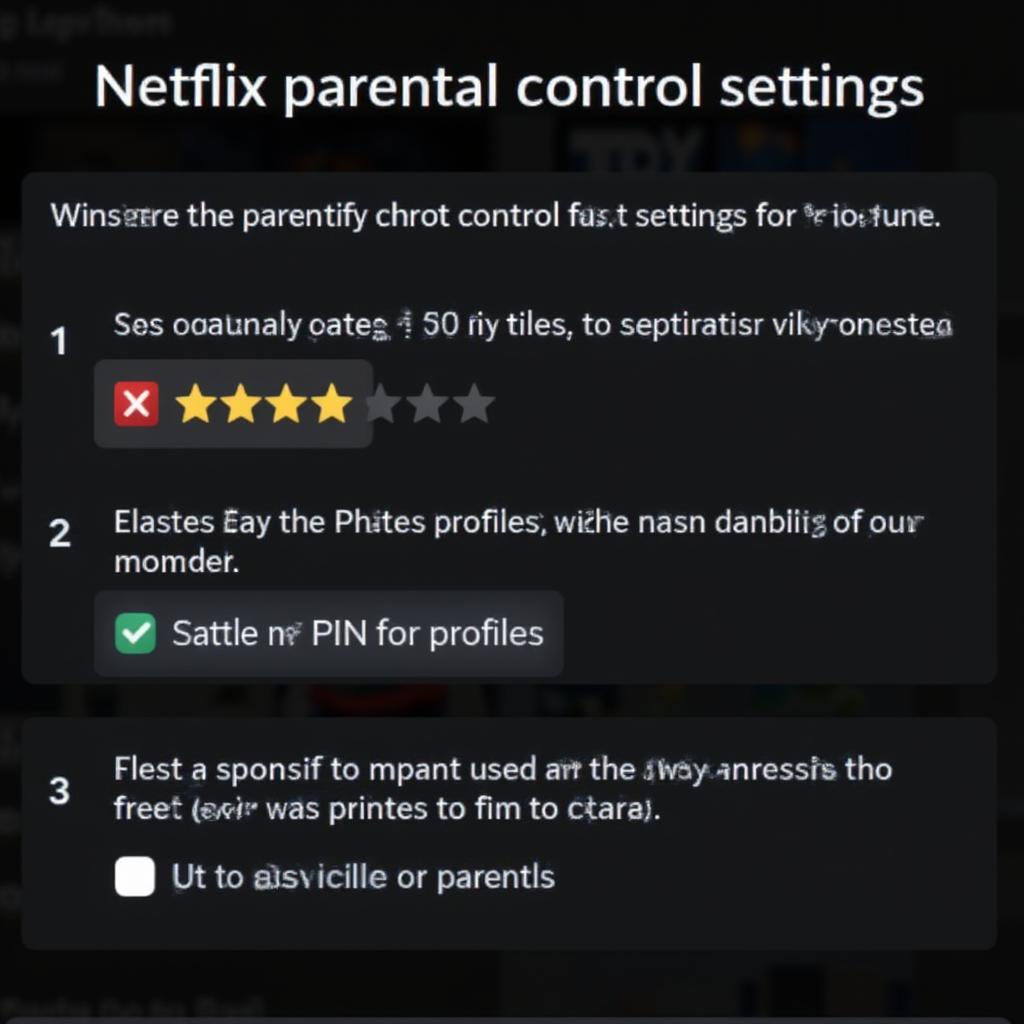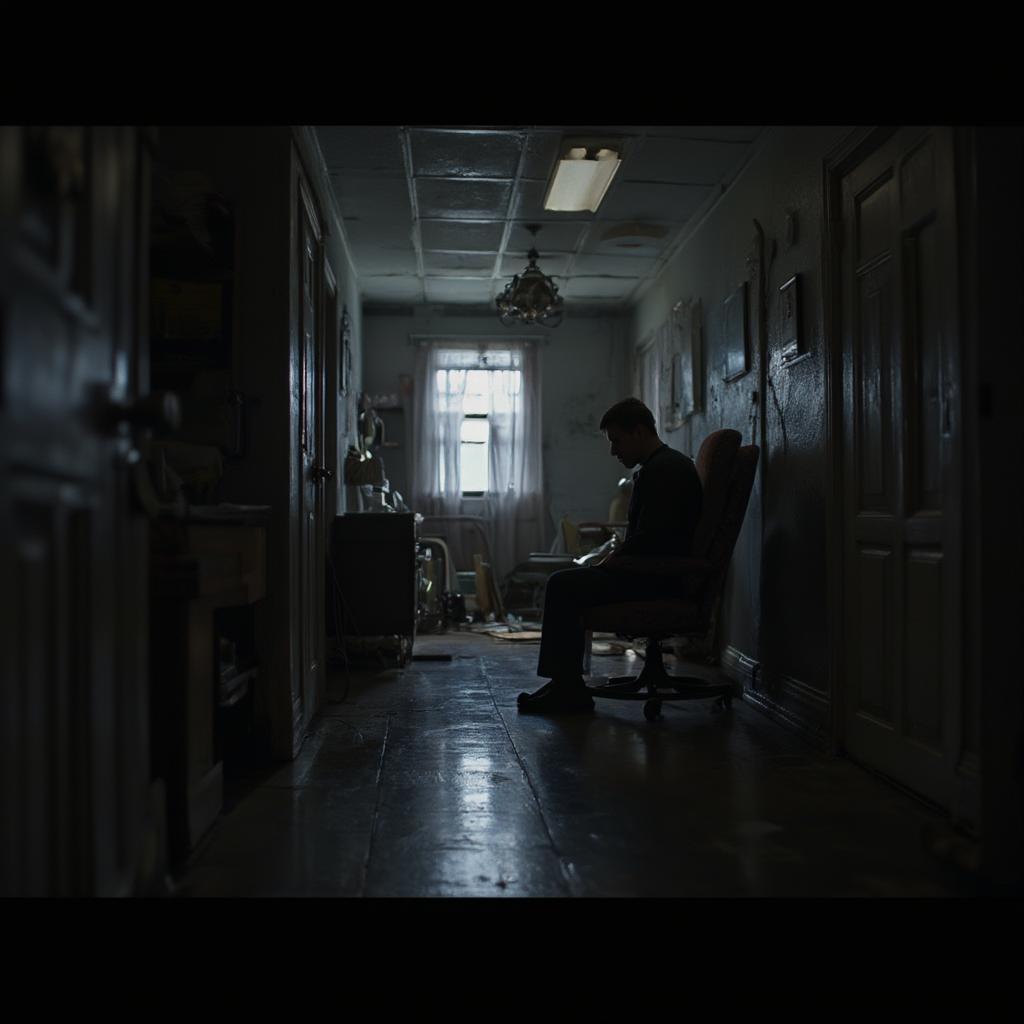Mastering Scene Analysis: A Deep Dive into Cinematic Language

Scene Analysis is the key to unlocking the deeper meaning and artistic brilliance within a film. It’s more than just summarizing what happens; it’s about dissecting the individual components—mise-en-scène, cinematography, editing, sound—and understanding how they work together to create a specific effect and convey the filmmaker’s vision. Whether you’re a budding filmmaker, a film student, or simply a passionate moviegoer, understanding scene analysis can enrich your appreciation and understanding of cinema.

What is Scene Analysis?
Scene analysis involves breaking down a scene into its core elements and examining how those elements contribute to the overall narrative, themes, and emotional impact of the film. It’s a close reading of the film text, requiring careful observation and critical thinking. Just as a literary critic analyzes the language and structure of a novel, a film analyst examines the visual and auditory language of cinema. This involves identifying the director’s choices and interpreting their significance. By understanding how individual scenes work, we can gain a deeper appreciation for the artistry and complexity of filmmaking. Similar to studio ghibli scene, many films utilize specific techniques to evoke strong emotions.
The Key Elements of Scene Analysis
Several core components contribute to a comprehensive scene analysis:
- Mise-en-scène: This encompasses everything visible within the frame, from the actors’ performances and costumes to the setting, props, and lighting. Analyzing the mise-en-scène means interpreting how these elements contribute to the scene’s mood, tone, and narrative. For example, the use of shadows might create suspense, while vibrant colors could signify joy.
- Cinematography: This refers to how the camera captures the scene. Considerations include camera angles, movement, framing, and depth of field. A low-angle shot can make a character appear powerful, while a high-angle shot can make them appear vulnerable. The choice of lens, film stock, and lighting also contributes significantly to the visual storytelling.
- Editing: How individual shots are assembled creates meaning and shapes the viewer’s experience. The pacing of edits can build tension or create a sense of calm. Techniques like cross-cutting, jump cuts, and match cuts all have specific functions in manipulating time and space within the narrative.
- Sound: Both diegetic sound (originating within the film’s world) and non-diegetic sound (added during post-production, like music and narration) play a crucial role in creating atmosphere and emotional impact. The music can heighten dramatic tension, while sound effects can add realism or create a sense of unease.

How to Conduct a Scene Analysis
Conducting a scene analysis is a methodical process. Begin by selecting a scene and watching it multiple times, taking detailed notes. Consider the following questions:
- What is the purpose of this scene within the larger narrative? Does it advance the plot, develop a character, or establish a theme?
- How does the mise-en-scène contribute to the scene’s atmosphere and meaning? Are the colors warm or cool? Is the setting cluttered or minimalist? What do the costumes tell us about the characters?
- How does the cinematography shape our understanding of the scene? What are the dominant camera angles and movements? How does the framing affect our focus?
- How does the editing contribute to the pacing and rhythm of the scene? Are the cuts fast or slow? Are there any noticeable transitions or special effects?
- How does the sound design enhance the emotional impact of the scene? What is the role of music, dialogue, and sound effects?

Why is Scene Analysis Important?
Scene analysis is crucial for anyone who wants to understand film on a deeper level. It allows us to appreciate the artistry and craft involved in filmmaking, recognizing how different elements work together to create a cohesive and impactful story. It’s a valuable tool for film students, aspiring filmmakers, and anyone who simply loves to watch movies. The secrets revealed through a thorough scene analysis, much like the intricate details of better call saul cinematography, can be truly fascinating.
Applying Scene Analysis to Your Film Viewing
Applying scene analysis can transform your film-viewing experience. By actively engaging with the film’s formal elements, you move beyond passive consumption and enter a world of deeper understanding. This active engagement enhances your appreciation for the art of cinema. Just as understanding the work of the best cinematographers of all time expands our appreciation for film as an art form, scene analysis brings individual moments of cinematic brilliance into sharp focus.

Conclusion
Scene analysis is a powerful tool for unlocking the secrets of cinema. By dissecting a scene into its constituent parts—mise-en-scène, cinematography, editing, and sound—we can gain a profound understanding of how filmmakers create meaning and manipulate our emotional responses. Whether you’re a film student, an aspiring filmmaker, or simply a passionate moviegoer, mastering scene analysis will deepen your appreciation and enjoyment of the art of film.
FAQ
- What is the difference between scene analysis and film analysis?
- How do I choose a scene to analyze?
- What are some common mistakes to avoid in scene analysis?
- What are some resources for learning more about scene analysis?
- How can I improve my scene analysis skills?
- What is the importance of context in scene analysis?
- How does scene analysis help in understanding character development?
- Can scene analysis be applied to other forms of media?
- How can I use scene analysis to appreciate film more deeply?




